Guide your students to estimate addition and subtraction sentences by rounding and compatible numbers with this matching activity.
Teach Your Students How to Estimate Sums and Differences
After teaching your students how to round to the nearest 10 and 100, chances are, they will probably be ready to tackle estimation. With this skill, there are a few different strategies your students should know.
Using Place Value to Round – By using place value to round, students can find numbers that are much easier to work with. For instance, if your students are tackling a problem like 432 + 489, you can teach them to round both numbers to the same place, such as the tens or hundreds place. Rounding this particular problem to the nearest 100’s place, students can solve the equation quickly and confidently, arriving at the answer 900 by adding 400 and 500.
Using Compatible Numbers – These are numbers that are close to the actual numbers you’re working with but are much easier to compute mentally. You can teach your students about compatible numbers by pointing out that they often end in 5 or 0. To illustrate this, let’s take a look at the problem 432 + 489. By using the ‘friendly numbers 425 and 475, your students will be able to tackle this problem with ease and confidence. It’s important to highlight that more than one set of compatible numbers can be used for a given problem.
Estimate the Sum & Estimate the Difference
Our printable matching activity is the perfect resource to enhance your students’ rounding and compatible number skills. We’re thrilled to offer a fun and engaging way for your students to estimate sums and differences. You’ve definitely come to the right place!
After downloading this teacher-created resource, you find there are 36 playing cards to use for the activity. Students must choose a yellow equation card and match it with a corresponding teal and red card. The teal card shows the equation rewritten with rounding and the red card shows the same number sentence using possible compatible numbers.
Students will work to create 12 three-piece matches and can write their answers on the provided recording sheet. Are you looking for an additional activity to go with this resource? Check out the included extension task with a variety of challenges for students to solve.
How to Get Your Estimating Numbers Activity
Are you excited to bring some mathematical fun into your classroom? You can easily download and utilise this activity by clicking on the green button. You can select either the quick-print PDF document or the editable Google Slides version from there. If you opt for the Google Slides option, you’ll be prompted to create a copy of the resource before diving in.
This resource was created by Lorin Davies, a Teach Starter Collaborator.
More Resources to Add to Your Maths Lessons!
Are you looking for some additional activities to add to your rounding and estimation unit? Check out some of our suggested resources below!
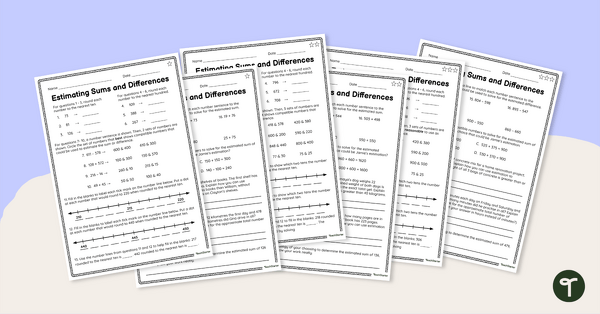
teaching resource
Estimating Sums and Differences Differentiated Worksheets
Teach your students how to round and use compatible numbers to estimate sums and differences with this set of differentiated worksheets.
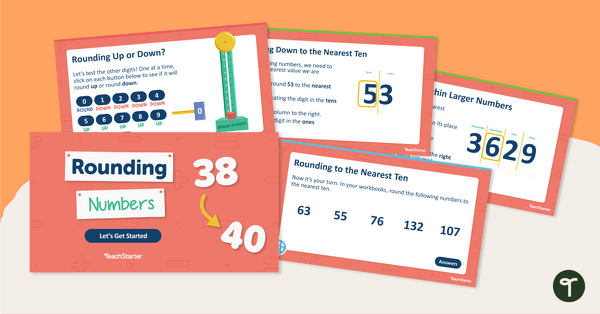
teaching resource
Rounding Numbers – Teaching Slides
Teach the basics of rounding numbers with this engaging animated PowerPoint.
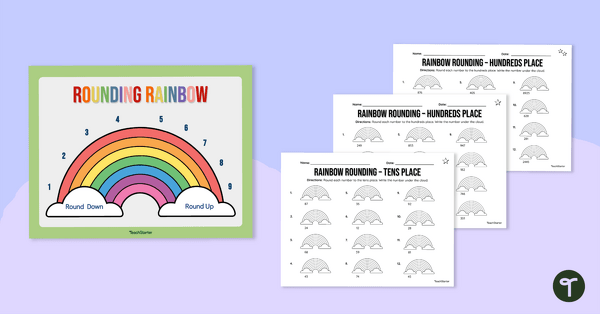
teaching resource
Rounding Rainbow Classroom Poster & Differentiated Worksheet Pack
Download a set of differentiated rounding worksheets and accompanying poster for your maths classroom.


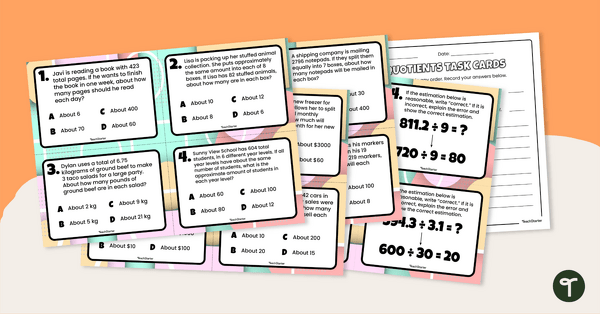
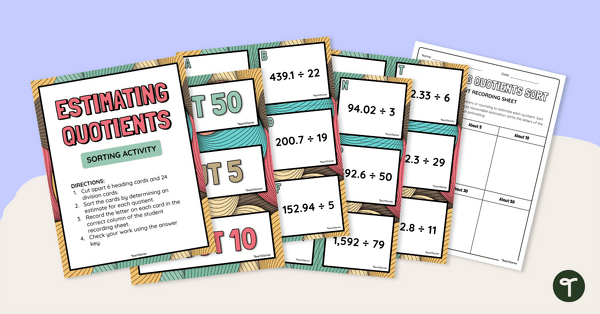

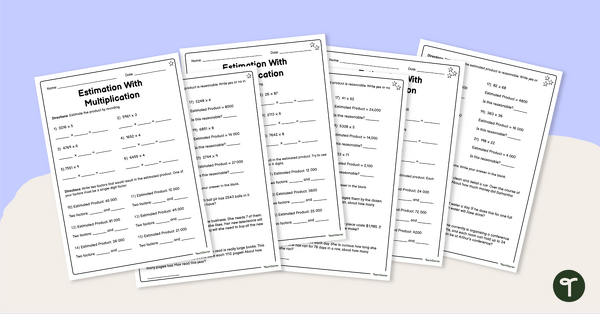
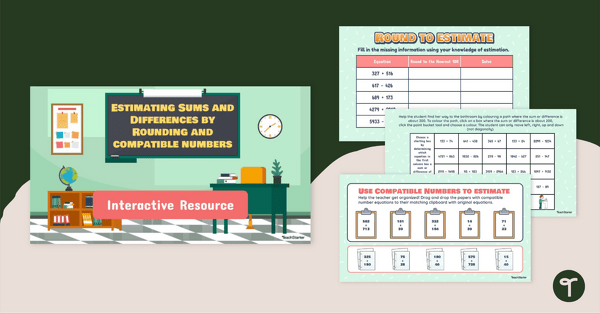
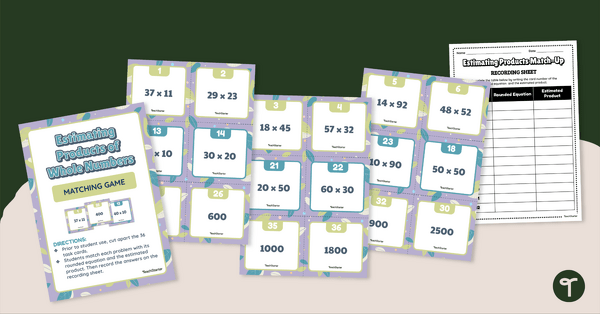
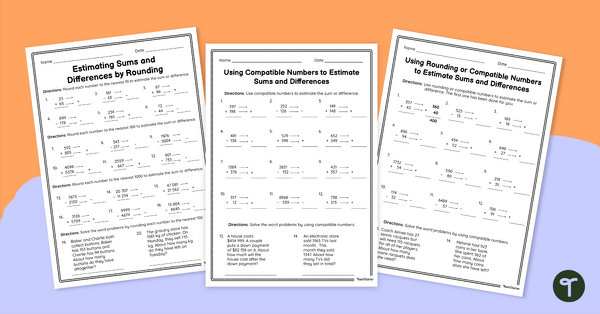
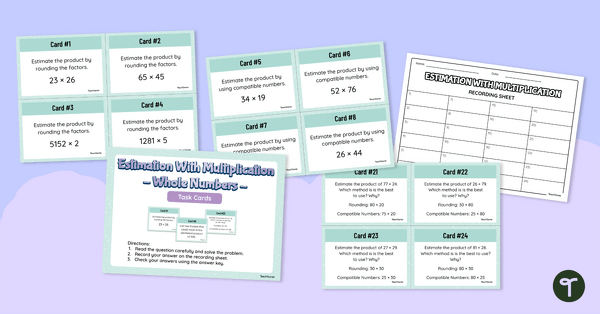
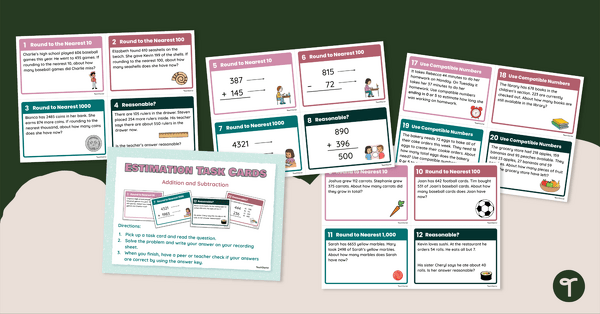
0 Comments
Write a review to help other teachers and parents like yourself. If you'd like to request a change to this resource, or report an error, select the corresponding tab above.